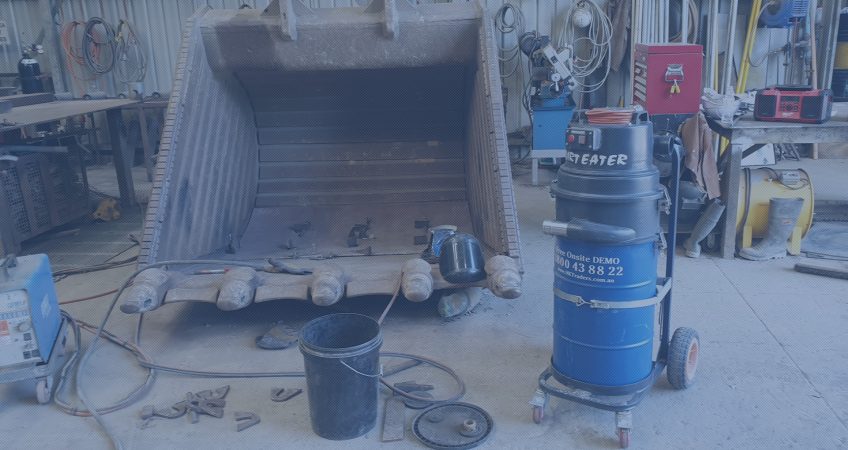Crystalline silica is a mineral that occurs naturally at most industrial plants, construction sites, and quarry workshops. Silica is an essential natural ingredient in sand, concrete, stone, and mortar contain crystalline silica and is essential to the production of glass, stoneware, ceramics, slabs, concrete, and artificial stone. Earthmoving equipment tends to contain silica as industrial sand used in, such as foundry work and hydraulic fracturing, is a source of crystalline silica.
Crystalline Silica is a leading cause of lung cancer
Crystalline silica particles are the root of various diseases, including silicosis, an incurable lung disease that can lead to disability and mortality. A well-known occupational hazard, crystalline silica, when inhaled, is a leading factor in lung cancer, chronic obstructive pulmonary disease (COPD), and kidney malfunctions.
High-energy operations such as grinding, drilling and crushing of stone, rock, concrete, brick, block, and mortar with the help of earthmoving equipment suspend the silica crystals into the atmosphere, putting the nearby personnel at risk of ailments as mentioned earlier. Besides, activities inside a quarry workshop such as blasting, grinding cutting, or crushing stone generates respirable silica dust.
Although employers use various engineering controls when handling crystalline silica-containing materials to mitigate exposure, silica dust is inevitable in most industrial operations, construction works, and quarry workshops. So are growing cases of lung cancer, other respiratory diseases, and kidney failure, 600 deaths a year and more than 900 new cases every year.
Not adhering to prescribed limits may attract penalties
Respirators are disallowed unless engineering controls cannot safeguard silica dust emission under the prescribed exposure limit (PEL) because they are neither as protective as engineering controls nor precisely practical. Moreover, respirators are challenging to affix, manage, and maintain.
They must be exclusively fitted and regularly refitted and consistently maintained. If an underlying filter is not supported or replaced when necessary, then there is no point in a respirator in the first place. Moreover, workers won’t be comfortable working while wearing respirators, which is already high protection for the employer. Even when best practices are followed with regards to ventilators, how they are selected, fitted, and maintained correctly, they must be worn reliably and appropriately by workers to be operative.
Respirators can hamper workers’ efficiency during the hot or humid climate.
Nevertheless, being not compliant with PEL regulations on silica dust exposure, you are not only putting the health of your workers at risk but may also attract hefty penalties due to non-compliance.
Our industrial vacuums are the best dust collection agents
At the purest form of engineering controls, water is among the best ways to subdue airborne silica crystals at the source. Employing the water-method, a nozzle is enclosed to a power tool. It squashes a steady stream of water at the place of cutting, grinding, drilling, etc. to prevent dust from suspending into the air and those corresponding illnesses. However, many a time using water isn’t a viable option to keep the silica in the surrounding areas at bay. In those tough situations, an industrial vacuum comes handy to collect suspended silica particles.
It’s vital to note that compressed air or dry sweeping should be shunned. These methods, on the contrary, are a sure-shot way to suspend more silica dust into the air and increase exposure beyond PEL. Likewise, blowers are not precisely effective as dust control devices when used as the only control method and should not be used as the primary method for collecting carcinogenic dust.
Our industrial vacuums, if airborne dust containing silica is generated, act as mechanical ventilation or dust collection system with an airflow mechanism guaranteed to remove airborne contaminants from workers’ area of breathing.
Our heavy-duty cyclonic industrial vacuum, with a considerable capacity to collect silica dust or any other sort of hazardous dust that is fluffy, lightweight, easy to airborne, and hard to manage, ensure compliance. Being configured for extended working cycles where silica dust collection is a critical part of business operations, having huge dust bins makes dust collection much more comfortable and convenient.

